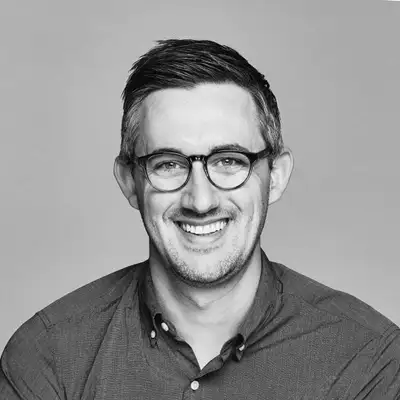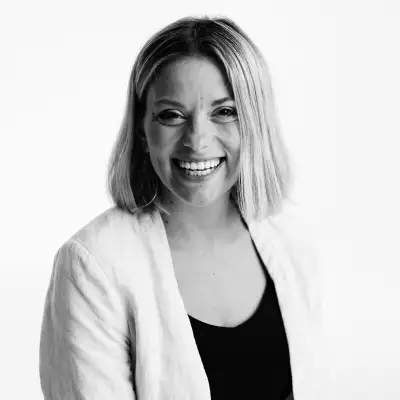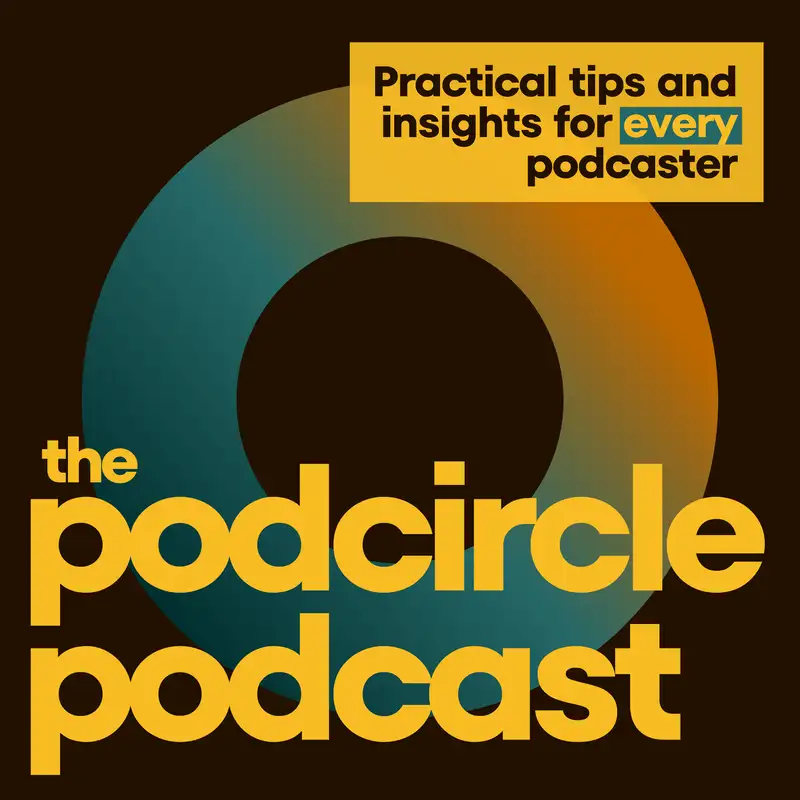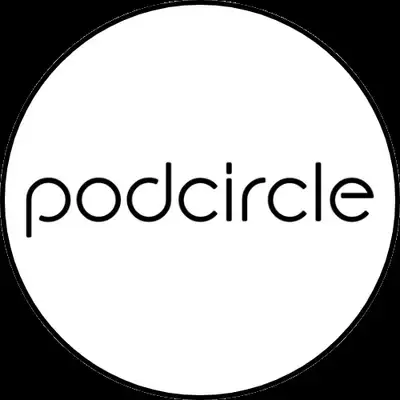42. Top 10 Podcast Tips in Under 10 Minutes
Welcome to the Podcircle Podcast where we bring practical tips and insights for every podcaster.
Kyle Cummings:Whether you're just getting started or you're already a seasoned podcast pro, these conversations dive into all the topics that matter most to you. And this week, we're gonna give you our top 10 podcast tips in less than 10 minutes. We hope. We're gonna do our absolute best.
Mickenzie Vought:So We're gonna do it. We could do it.
Kyle Cummings:We're both talkers, so this is gonna be a challenge for both of us, I think. But before we get started, make sure that you are subscribed to our channel on YouTube where we post all of our episodes and follow along with this episode and also catch up on past episodes as well.
Mickenzie Vought:And if you are listening on Apple or Spotify, make sure to subscribe, rate, and review the show. That way, you'll never miss an
Mickenzie Vought:episode, and ratings help other people find us. Alright, Kyle. Do our 10 minutes start now?
Mickenzie Vought:Now. Go.
Mickenzie Vought:Now. Okay. Here here are our top 10 podcast tips in less than 10 minutes. First up, you're not gonna be surprised, be consistent.
Mickenzie Vought:This is something we can't stop talking about. Consistency wins out time and time again. Regularly showing up with quality episodes goes a long way in building trust with your target market. You're gonna come forth with authority on a consistent basis, and you're gonna become a trusted voice in their lives. It's important to show up when you say you're gonna show up for your listeners, and that means if you have to release less often because that's a sustainable cadence, do that.
Mickenzie Vought:I honestly would rather have a show that I know is gonna consistently release episodes every 2 weeks or once a month than a show that goes really heavy for a month and then goes 0 dark 30. So make sure you're being consistent and keep showing up.
Kyle Cummings:Point number 2, play the long game. Podcasting is a slow burn. It's important to go into your podcasting journey with the right sized expectations. So be clear about your goals, clear about what success looks like for you. And at Podcircle, we are diligent about helping our clients get clear about their goals before they launch so that they can create a sustainable show that wins.
Kyle Cummings:So we talk a lot about, you know, if you go back to past episodes about, again, rightsizing your expectations. Podcasting is a long game, so don't just put it out there and expect for people to find it. There are ways that are gonna help people find your show and that are gonna help you to create consistent content that is gonna be the right content for your intended audience.
Mickenzie Vought:Number 3, bet on yourself. And we believe that the best monetization strategy for any podcaster is going to be to bet on yourself. If you have a product or a service that is going to benefit your audience, make sure you're talking about it. We think that this can apply to ads, just talking about your products throughout the conversation where it naturally fits. Self promotion is only off putting when you're not connecting to your audience's felt needs and providing a solution to their problems.
Mickenzie Vought:Don't shy away from discussing your course or your book, your unique skills, or your services through that organic conversation or internal ads or even a direct call to action at the end of your episode, which we'll get to
Kyle Cummings:Yeah. Totally. Number 4, always be recording. So remember Yes. What I'm primarily talking about here is with video.
Kyle Cummings:Video is your friend. If you have a podcast, it's a given you're you're recording that audio, but we always encourage you to record video as well even if you don't have a video podcast just yet. So in this day and age of podcasting, video consumption is definitely on the rise thinking about TikTok, Instagram, and YouTube, especially with YouTube leveraging YouTube Shorts, which is we've seen on our channel is, I think, the number one thing that compels people to subscribe to our channel. And then, also, we use those YouTube shorts to encourage people to go and view the long form episode from that clip. So really, really powerful feature there.
Kyle Cummings:And even if you're not ready to launch a video podcast yet, recording video for your podcast from the beginning of your show from episode 1 gives you the option to launch a a video show later when you have more traction and capacity.
Mickenzie Vought:Number 5 is gonna be work smarter, not harder. And the marketer inside of me loves this one because I think what would bother me more than anything in the world is that if you worked really hard to create a quality episode and then did nothing else with it. You just put it out into the world and said, have a good time episode. I want you to make every ounce of effort go farther by streamlining content creation and using your podcast to supercharge your marketing strategy. Your podcast is a content machine.
Mickenzie Vought:So we've said this before, and we will say it again. Here is a quick list of all the long and short content you can get from one episode of your 30 to 45 minute podcast, full length video podcast episode on YouTube and Spotify, full length audio episode on Spotify, YouTube podcast, Apple, anywhere that your listeners get them, short length YouTube videos, newsletters, blog copy, email marketing copy, short videos for posting Instagram Reels or LinkedIn or TikTok, YouTube shorts, and LinkedIn long and short form copy. So that is just a rattled off list of all the content you can get. So our tip is work smarter, not harder, and figure out and streamline those processes to do that in a sustainable way. That is also something that we help you do at Podcircle .
Mickenzie Vought:We take your episodes, and we can create an entire host of content for you.
Kyle Cummings:Yeah. And that's a perfect segue into our next point, which is number 6. Don't try to do it all yourself. That's where that's where the problems come in for podcasters. That's why so few make it past their first, you know, year of releasing episodes, and many podcasts don't even make it that long.
Kyle Cummings:So our pro tip here is to outsource your weaknesses to a podcast agency who knows how to do this stuff like Podcircle or another trusted you know, if you have a a friend who's a podcast producer, but make sure they really know their stuff that they know the ins and outs of podcasting. So, if you're an entrepreneur or a creative who decides to start a podcast, you're probably used to relying on your own skills. I relate to this hardcore, but the truth is you can't do it all yourself. And even if you think you can, you probably shouldn't. It's estimated that only 20% of podcasts launched each year actually survive their 1st year.
Kyle Cummings:I've read stats that say that most podcasts peter out after 6 or 7 episodes, which would suggest that they don't even make it a couple of months. So there's a lot that goes into recording and releasing a quality show, including content planning, interview prep, and then not to mention the actual recording and editing of the audio video episodes, writing show notes, creating, like, marketing assets, clips, and promotion. There's a lot that goes into it. So I encourage people to partner with a quality podcast agency like Podcircle early so that you don't start experiencing that burnout in, you know, in those first 5 or 10 episodes. So by outsourcing the various aspects of of your podcast, you can find the freedom to focus on the things that only you can do best.
Mickenzie Vought:Number 7, I hope we're doing good on time.
Kyle Cummings:We're not, but we're going we're gonna go fast. Okay. We warned you.
Mickenzie Vought:Give your audience a clear CTA. When you consistently show up for your audience, they'll show up for you. You'd be surprised what your listeners are willing to do when asked. You just have to ask them. Stop being afraid to ask.
Mickenzie Vought:You're giving them valuable content. You're sharing your expertise. Provide a clear CTA in every episode or more than one. Ask them to write and review and subscribe your podcast. We do this.
Mickenzie Vought:Encourage them to join your email list for exclusive content or your newsletter. Maybe you have a newsletter on LinkedIn like we do. Provide them ways to engage with you and show up for you on social media. Maybe go watch our clips or our reels on Instagram or LinkedIn. See?
Mickenzie Vought:Right there. Provide clear CTAs. Invite them to take the next step and have a conversation with you or purchase a product. That's our number 7.
Kyle Cummings:Number 8, value quality. The number one reason people give for giving up on a podcast as a fan or a listener was that the podcast had poor audio quality or poor video quality for that matter, but especially
Mickenzie Vought:Yeah.
Kyle Cummings:Poor audio quality, it drives people nuts. So it doesn't take much, especially in 2024, to step up your audio game. Check out episode 6 and 7 of our podcast where we talk about our favorite equipment and different things for setup, our tips and tricks. But our favorite podcast, Mike, we talk about often is the one that Mackenzie and I both use here. It's the Shure m v 7.
Kyle Cummings:It's a USB mic. You could also plug it into a mixer. Really great mic for hybrid podcast setups. You can also find a link to it in the show notes of this podcast. Or if you're watching on YouTube, go grab the link in the description.
Kyle Cummings:If you just scroll all the way down to the bottom, you can find it there and grab one for yourself.
Mickenzie Vought:Number 9, leverage virtual interviews. Virtual interviews get a bad rap, but we think that they might actually be better than in person interviews. It gives you opportunities to connect with people you may never have gotten before. In this day and age, you should utilize a platform that's optimized for virtual interviews like we do. Riverside is absolutely fantastic.
Mickenzie Vought:You can save time, save money, and optimize your guest time while taking the technical struggles out of the process. So I believe you can make your content go farther and use less of your energy and resources by tapping into virtual interviews.
Kyle Cummings:Our last tip, number 10, is use the right hosting platform. Meet your listeners where they are in the apps where they apps actually consume podcasts. Podcast directories are the primary way that listeners search for your podcast and find it. Partnering with a podcast host that distributes to all of the most popular podcast players is essential for discoverability. And not all podcast hosting platforms are created equal.
Kyle Cummings:You know, we've recorded No.
Mickenzie Vought:They are not.
Kyle Cummings:Episodes on this that talk about this in the past. If you wanna learn more, check out episodes 16 17 where we talk about why transistor.fm is our favorite podcast hosting platform. How do we how do we do Mackenzie? Where I see my timer here is at 14 minutes, but we're gonna edit this bad boy down and see how close to 10 minutes we can
Mickenzie Vought:edit this down. That was your top 10 podcast tips in less than 10 minutes. So remember, we are here to help you with all your podcasting needs. Schedule a free consultation with Kyle by emailing kyle@podcircle.com.
Kyle Cummings:Alright. We'll see you next week.
Creators and Guests




